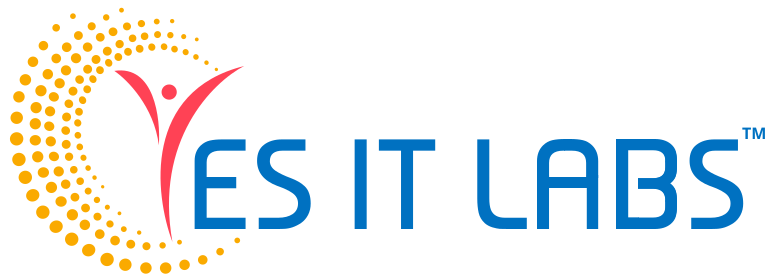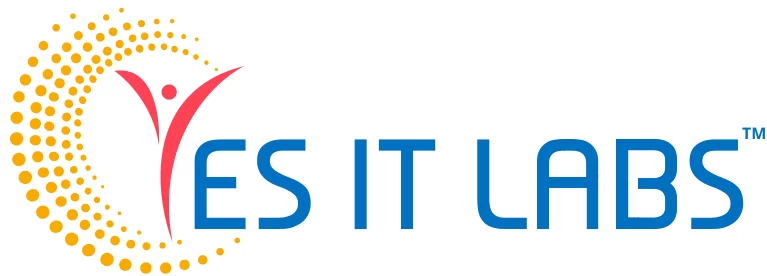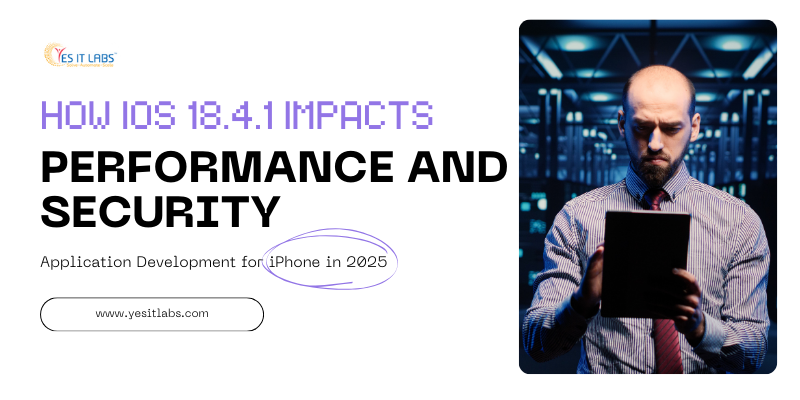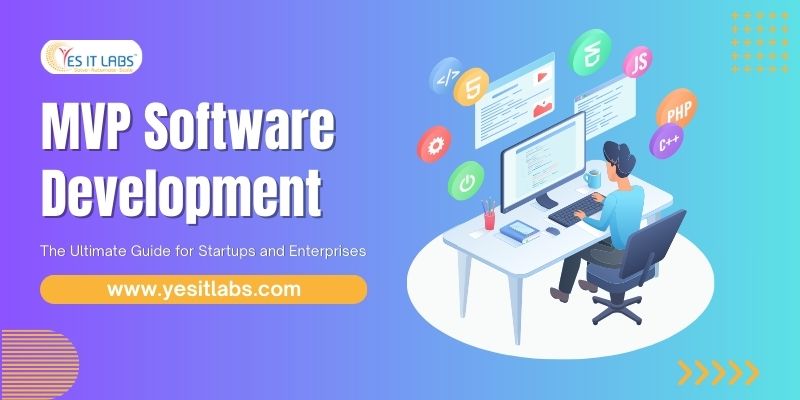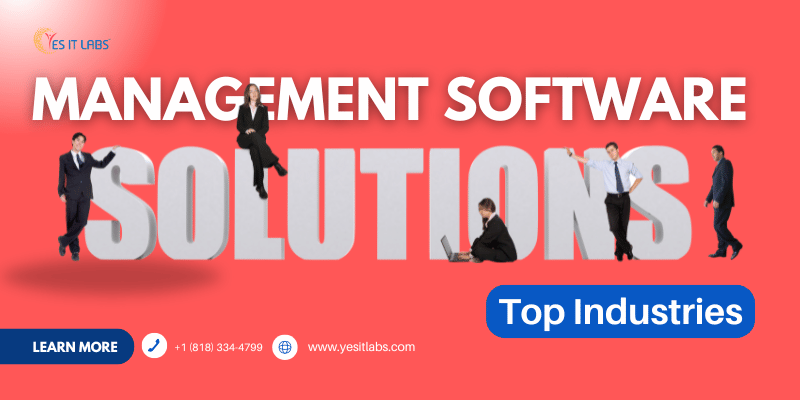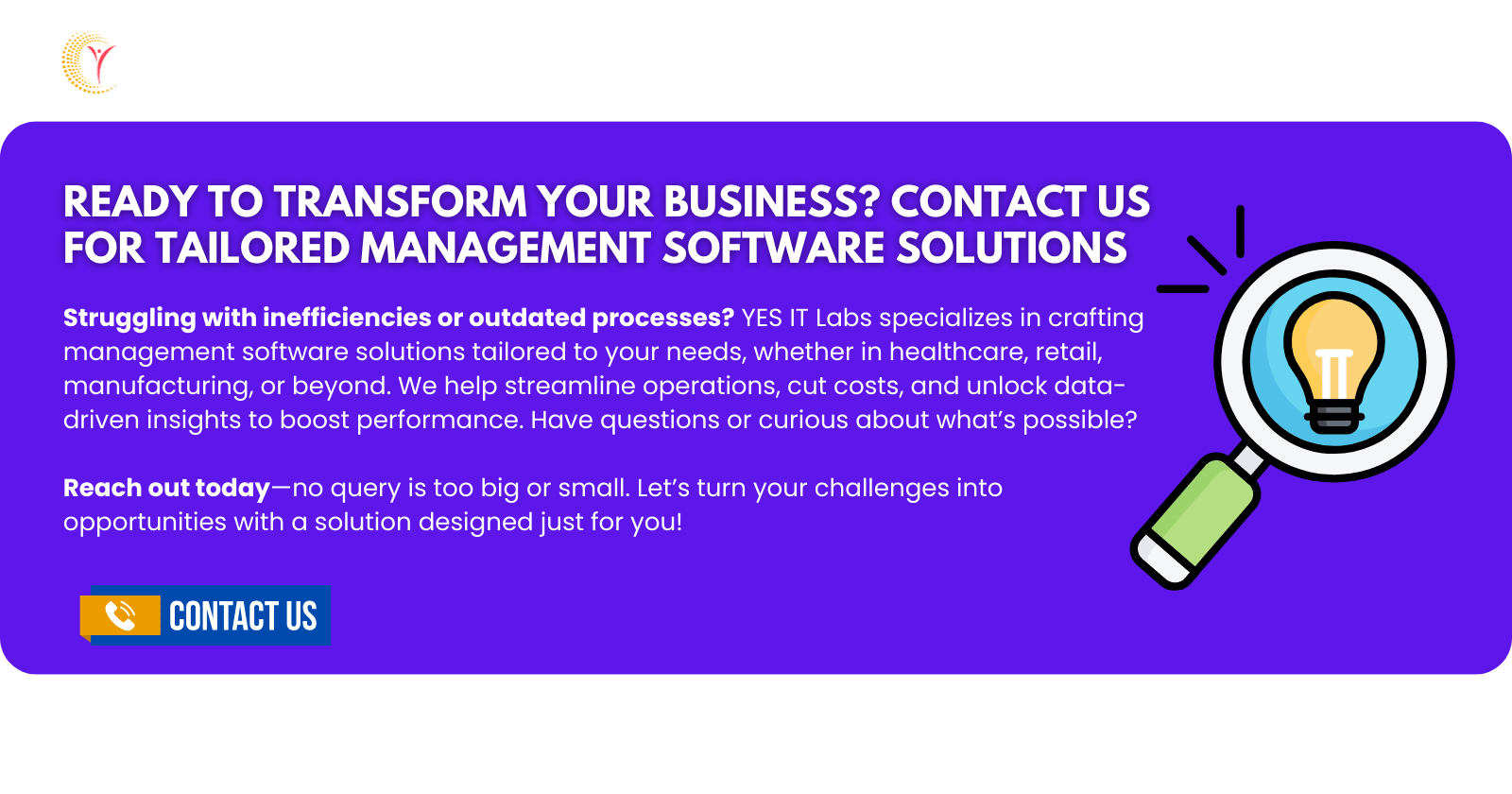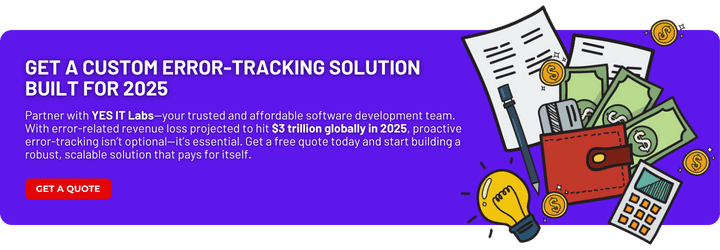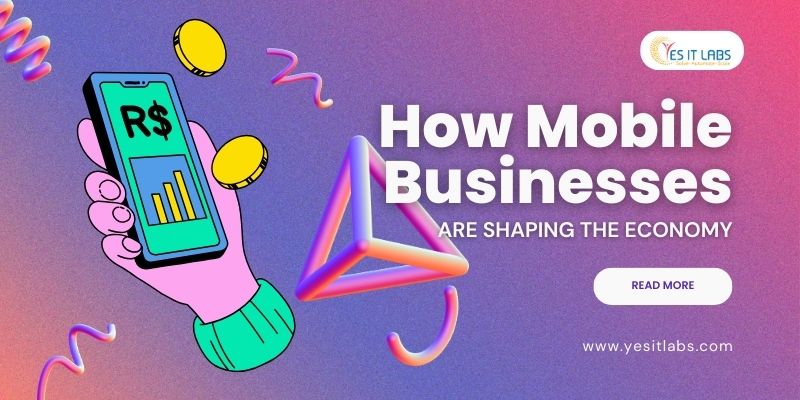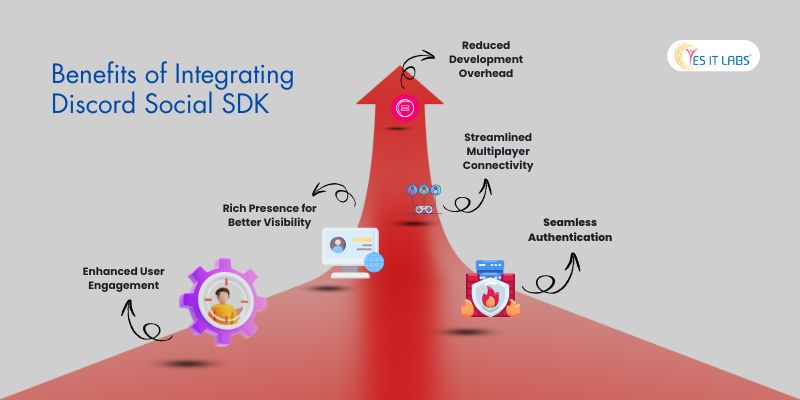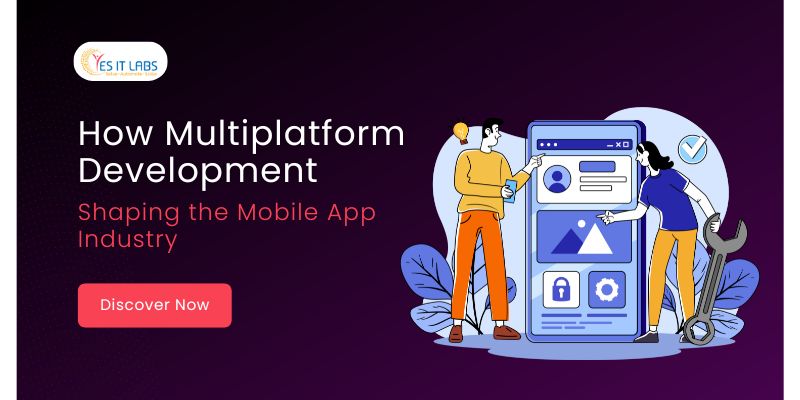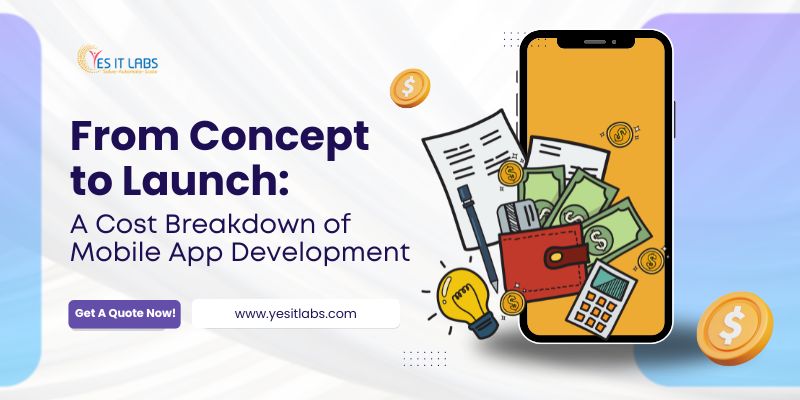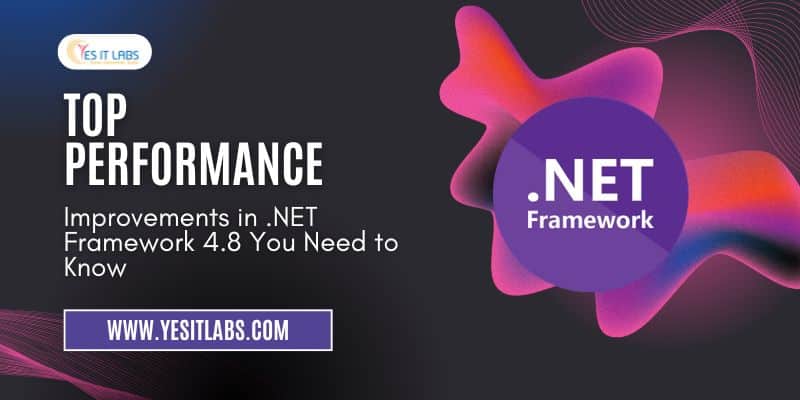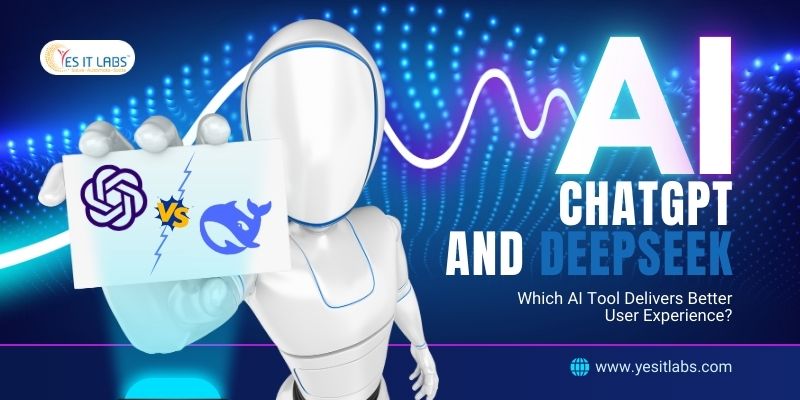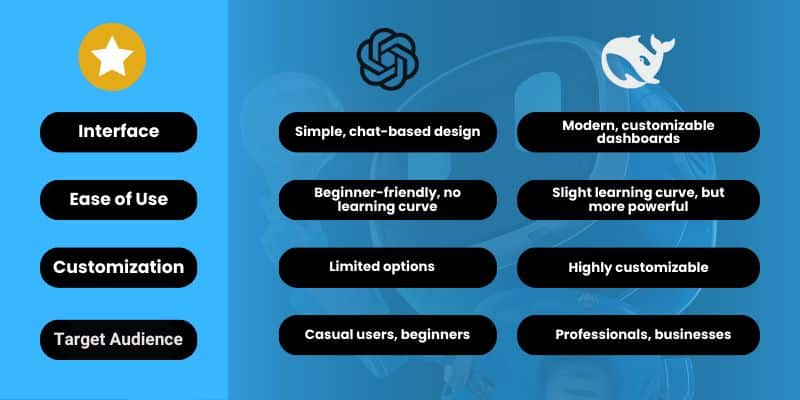Apple’s latest update, iOS 18.4.1, marks a critical milestone in the evolution of mobile platforms. For developers and organizations involved in application development for iPhone, this release introduces several performance improvements and security enhancements that cannot be overlooked.
As businesses increasingly rely on mobile solutions for customer engagement, productivity, and services, staying current with iOS changes is essential for maintaining app competitiveness, security, and user satisfaction.
In this comprehensive blog, we explore how iOS 18.4.1 is reshaping performance and security expectations, and what developers must know to stay ahead in 2025.
Understanding iOS 18.4.1: What’s New?
Before diving into its impact, it’s important to understand what iOS 18.4.1 brings to the table. Released in Q2 of 2025, this version is not a complete overhaul but rather a performance-focused refinement of the larger iOS 18 family. This refinement is especially relevant for teams involved in application development for iPhone, as it affects both foundational system behavior and runtime characteristics.
Key Features Introduced:
- Performance Optimization Algorithms: Apple has integrated new compiler-level optimizations to reduce runtime lag in memory-heavy apps.
- Expanded Memory Management for Swift: Enhancements in Swift runtime now allow more efficient resource allocation.
- Enhanced App Privacy Reports: Now with real-time user data activity logs and third-party SDK tracking visibility.
- Kernel-Level Security Updates: System-level memory protection mechanisms have been improved to prevent exploitation from zero-day vulnerabilities.
- Refined Background Processing Limits: Improved battery life and multitasking reliability through smarter background resource throttling.
With these enhancements, developers must reassess their app architecture, data handling practices, and code-level performance tweaks to align with the evolving expectations of iOS 18.4.1.
Performance Improvements: What Developers Need to Know
1. Improved Swift Compiler Optimization
Apple has re-engineered its Swift compiler in iOS 18.4.1 to better leverage Apple Silicon architecture. These enhancements reduce runtime latency and boost launch speeds by 10–15% for most native iPhone applications. For developers, this means:
- Cleaner, more efficient builds with significantly reduced compile times.
- Lower overhead during animation rendering, enhancing real-time UX for graphically intensive apps.
- Reduced memory leaks through automatic memory reference checks and smarter ARC (Automatic Reference Counting) integration.
- Enhanced debugging capabilities, thanks to improved symbol resolution and diagnostic reporting within Xcode.
- Greater compatibility with SwiftUI updates, ensuring smoother UI transitions and lower latency in rendering views.
These updates significantly shorten development cycles and enable better code optimization out of the box. Developers working in large-scale application development for iPhone environments will notice considerable time savings and improved scalability of their codebases.
2. Smarter Background Task Management
IOS 18.4.1 employs an AI-driven scheduler that prioritizes foreground tasks based on usage prediction models. This machine learning-backed resource allocation engine understands user behavior to proactively allocate system resources. In practical terms:
Media-heavy apps (e.g., streaming, AR) get better battery management through predictive pre-loading and intelligent caching.
Resource spikes from background fetches are smoothed out, providing consistent performance during peak usage hours.
Thermal throttling is minimized under extended app usage by dynamically adjusting CPU/GPU workloads, improving device comfort and battery lifespan.
Background sync tasks (email, cloud backups) are intelligently grouped to reduce network and power drain.
Push notification delivery mechanisms are made more efficient by suppressing non-priority background wake-ups.
These optimizations are crucial for developers of always-on or notification-heavy apps who want to maintain performance without sacrificing battery longevity or responsiveness.
3. GPU Rendering Boosts
Developers building graphically rich applications—especially in gaming, AR, and medical visualization—will benefit immensely from Metal API enhancements in iOS 18.4.1. Apple reports up to 18% frame rate stability gains under sustained loads.
Key updates include:
- Improved shader pre-compilation and runtime scheduling, which reduces lag during scene transitions.
- Adaptive resolution rendering that automatically adjusts based on thermal feedback and battery levels.
- Expanded support for real-time ray tracing simulations on newer Apple Silicon chips.
- Reduced draw call overhead by offloading GPU instructions more efficiently.
This not only improves user experience with smoother visuals but extends device longevity and thermal stability. It’s particularly impactful for developers of graphics-intensive applications who want to push device capabilities without triggering performance degradation.

Security Enhancements in iOS 18.4.1
1. Real-Time Threat Detection API
One of the most notable security features introduced in iOS 18.4.1 is Apple’s Real-Time Threat Detection API. This API empowers developers to integrate on-device, machine-learning-powered threat monitoring directly into their apps. Unlike traditional threat detection models that rely on external servers and delayed response times, this API offers low-latency insights into potentially malicious activity.
For sectors like enterprise and healthcare, where sensitive user data and regulatory compliance are paramount, this API is a game changer. It can:
- Alert developers of suspicious API calls that may indicate a compromised app state or malicious injections.
- Flag unauthorized access attempts to hardware components, such as microphone or camera activation when the app is in the background, which can help prevent surveillance attacks or privacy breaches.
- Integrate seamlessly with internal monitoring tools or dashboards through secure hooks and endpoints, allowing for real-time security event tracking and rapid incident response.
By bringing security checks closer to the device layer, Apple enhances app resilience against zero-day vulnerabilities and external exploits.
2. Improved Keychain Access
IOS 18.4.1 also delivers a significant upgrade to Keychain services, enhancing both data protection and user experience. The improved Keychain now employs stronger AES-256 encryption protocols and context-aware biometric fallback mechanisms.
For developers, this means:
- You can now enforce stricter data access policies—such as limiting credential usage to certain device states or locations—without making the login or transaction process cumbersome.
- Native support for FaceID and TouchID across all compatible devices ensures a smoother authentication flow, which is especially critical in financial and medical applications where user re-authentication is frequent.
- These enhancements minimize attack surfaces during credential storage and retrieval, significantly reducing the likelihood of credential leakage or replay attacks.
This new Keychain implementation is built to balance robust security with seamless UX, ensuring that apps remain both secure and user-friendly.
3. Network Privacy Enhancements
With iOS 18.4.1, Apple takes another strong step toward internet privacy by introducing automatic IP obfuscation in all app-based HTTP and HTTPS requests. This feature masks the user’s true IP address, preventing third parties—including ad networks and malicious actors—from tracking user location or identifying them across services.
While this strengthens user privacy, it also comes with several considerations for developers:
- Apps that depend on precise geolocation data—like those in delivery, weather, or ride-sharing—must now recalibrate or seek explicit user permission for access to accurate location data.
- Compliance workflows in fintech and healthcare applications may need updates to account for new data residency and access restrictions. For example, certain banking apps might need to adjust fraud detection systems that rely on consistent IP tracking.
- Backend systems should be configured to handle anonymized network requests gracefully, ensuring that core functionality remains intact while respecting Apple’s enhanced privacy protocols.
These changes encourage a privacy-first development philosophy, aligning with growing user expectations and tightening global data protection laws.

Application Development for iPhone: Adapting to iOS 18.4.1
1. Adopting Performance Best Practices
To fully harness the performance enhancements introduced in iOS 18.4.1, developers need to adopt a more proactive and iterative performance strategy. The era of “build and ship” is long gone—today’s iPhone applications are judged not only by their features but also by their fluidity, responsiveness, and power efficiency.
Here’s how development teams can align with the latest iOS standards:
- Profile with Xcode’s Updated Instruments Tool: Apple’s Instruments in Xcode 15 now includes more granular insights into memory allocation, CPU spikes, and GPU rendering. Regular profiling helps identify bottlenecks early and ensures smooth performance across devices.
- Refactor Monolithic Codebases: Large, tightly coupled codebases increase load time and reduce modular testability. Breaking them into smaller, reusable Swift modules improves compile times and makes debugging easier, especially when tracking memory leaks or CPU load.
- Offload Non-Essential Tasks with Swift Concurrency: Apple’s Swift concurrency model (async/await) allows background tasks—such as image processing, data syncing, and analytics logging—to be seamlessly shifted off the main thread. This reduces UI jank and battery drain, delivering a more responsive experience.
Adopting these practices ensures that your application not only meets Apple’s latest technical standards but also sets a benchmark in usability.
2. Security-First Development Mindset
Security is no longer a post-development checkbox—it must be embedded at every stage of application development for iPhone. iOS 18.4.1 makes it clear that Apple is placing security at the core of its mobile ecosystem.
To align with this philosophy, developers should:
- Use the Threat Detection API: As described earlier, this powerful API provides real-time behavioral analysis on-device, helping flag anomalies before they result in compromise. It’s especially important for healthcare, finance, and enterprise apps.
- Implement App Transport Security (ATS): Even if your app communicates with private APIs or local servers, enforcing ATS ensures all transmissions are encrypted via HTTPS, using modern TLS configurations.
- Leverage the Secure Enclave for Biometric Auth: Instead of building custom authentication mechanisms, use FaceID/TouchID and store credentials inside Apple’s Secure Enclave. This drastically reduces the surface area for credential theft or spoofing.
By treating security as a product feature—not a constraint—developers will not only improve trust with users but also reduce risk exposure in regulated industries.
Implications for iOS App Development Teams
For businesses involved in iOS App Development, iOS 18.4.1 offers a competitive edge—but only for those willing to evolve. Teams must understand that what worked in iOS 17 or even early iOS 18 may now result in deprecated functions, battery inefficiency, or poor App Store reviews.
Key team-level takeaways include:
- UX/UI Teams: Must conduct end-to-end usability tests under the new predictive scheduling engine in iOS 18.4.1. Transition animations, haptic feedback, and gesture responsiveness should feel instant, even under multitasking scenarios.
- QA Engineers: Should perform regression testing specifically targeting memory management updates in Swift. New garbage collection patterns can inadvertently lead to crashes or inconsistent state handling in apps not optimized for them.
- DevOps: Needs to verify that CI/CD pipelines incorporate Apple’s updated static analysis tools and validation layers. They should also prepare for App Store submission changes, including stricter metadata validation and privacy checklist adherence for new API use.
Ultimately, keeping teams in sync with Apple’s evolving toolsets and policies is critical for delivering a compliant, high-performing iOS app in 2025.

What This Means for Hybrid Apps Development
While iOS 18.4.1 is primarily optimized for native apps, its effects ripple into the Hybrid Apps Development ecosystem—particularly for frameworks like React Native, Flutter, and Cordova.
Here’s what hybrid app teams need to keep in mind:
- Performance Gaps from Metal Enhancements: Native apps benefit more directly from iOS’s improved Metal API and GPU optimization. Hybrid apps, by contrast, may suffer lags unless they use custom native modules to offload intensive tasks like AR rendering or media playback.
- Background Throttling Impacts: Apple’s refined background task scheduler deprioritizes hybrid apps more aggressively than native ones. Tasks like background syncs or push data handling might get deferred or terminated, affecting app reliability.
- Framework Compatibility Updates Required: Testing tools such as Appium and Detox must be updated to work with the latest iOS SDKs and simulator environments. Hybrid teams should track release notes from these tool maintainers to avoid compatibility lags.
- Bridge Native Functionality Without Sacrificing Portability: Developers using Flutter or React Native should now consider implementing bridges to access iOS 18.4.1 APIs like threat detection, improved Keychain access, and real-time GPU profiling. Doing so ensures performance parity with native apps while maintaining the hybrid codebase.
Hybrid apps can still thrive under iOS 18.4.1—but only if their architecture evolves to accommodate Apple’s native-first innovations.
Future-Proofing Your Application Development for iPhone
As the iOS ecosystem continues to evolve rapidly, future-proofing your app development strategy is essential for long-term success. With Apple consistently pushing the boundaries of privacy, performance, and device integration, developers must adopt a forward-looking mindset rather than simply reacting to changes.
Here’s how teams can build resilient, scalable, and high-performing iPhone apps that remain competitive well into the future:
Prioritize Performance Metrics from the Design Phase
Performance optimization is no longer just a post-launch activity. Developers should incorporate performance benchmarks and goals during the early design phase. This includes selecting efficient data models, setting UI rendering targets (e.g., 60 FPS minimum), and identifying resource-intensive workflows ahead of time. Design wireframes should be validated not just for UX but also for efficiency on various devices—including older models still in circulation.
Assume Stricter Privacy Controls Will Be the Norm
Apple has shown a clear trajectory toward user empowerment and privacy transparency. Developers should assume future iOS updates will further restrict data access, enforce user consent, and reduce background tracking capabilities. Planning for this now means using data minimization principles, avoiding unnecessary SDKs with tracking behavior and preparing fallback experiences if access to location, contacts, or microphone is denied.
Leverage Apple Silicon Optimizations at the Compiler Level
With Apple Silicon chips now standard across all iPhone and iPad devices, developers must take advantage of hardware-accelerated features. This includes optimizing for multi-core parallelism, using Swift’s latest concurrency model, and applying compiler flags that generate machine code tailored for ARM-based architecture. Ensuring compatibility with Metal, Core ML, and neural engines also enhances app performance—especially for media-heavy or AI-powered applications.
Integrate Cross-Version Testing and Backward Compatibility
Even as you develop for the latest OS, it’s important to test apps against older but still-supported versions like iOS 17 or early iOS 18. This ensures smooth user experience across a diverse device base. Using automated UI testing tools and regression test suites can catch OS-specific bugs early.
Stay Actively Involved in the Apple Developer Ecosystem
Future-proofing also means staying informed. Subscribe to Apple developer announcements, WWDC sessions, beta release notes, and SDK documentation. Participate in community discussions to learn how others are adapting and innovating under new iOS constraints.
By embedding these future-ready practices into the development lifecycle, your team can ensure that your application development for iPhone not only meets current demands but also adapts gracefully to whatever innovations Apple introduces next.
Conclusion:
IOS 18.4.1 sets a new standard for how mobile apps are developed, secured, and optimized. For professionals focused on application development for iPhone, understanding and leveraging this update is essential. From compiler tweaks and Metal boosts to real-time threat APIs and privacy enhancements, this version is not just an incremental release—it’s a blueprint for the next generation of mobile apps.
By embracing the performance and security changes introduced in iOS 18.4.1, developers can create applications that are not only fast and secure but also future-ready.
